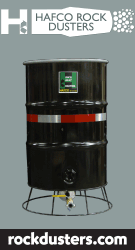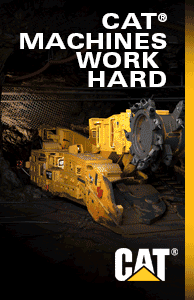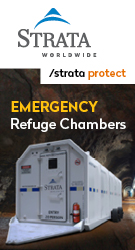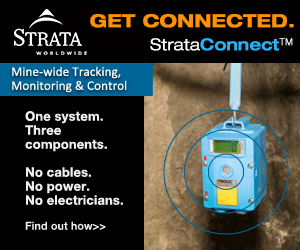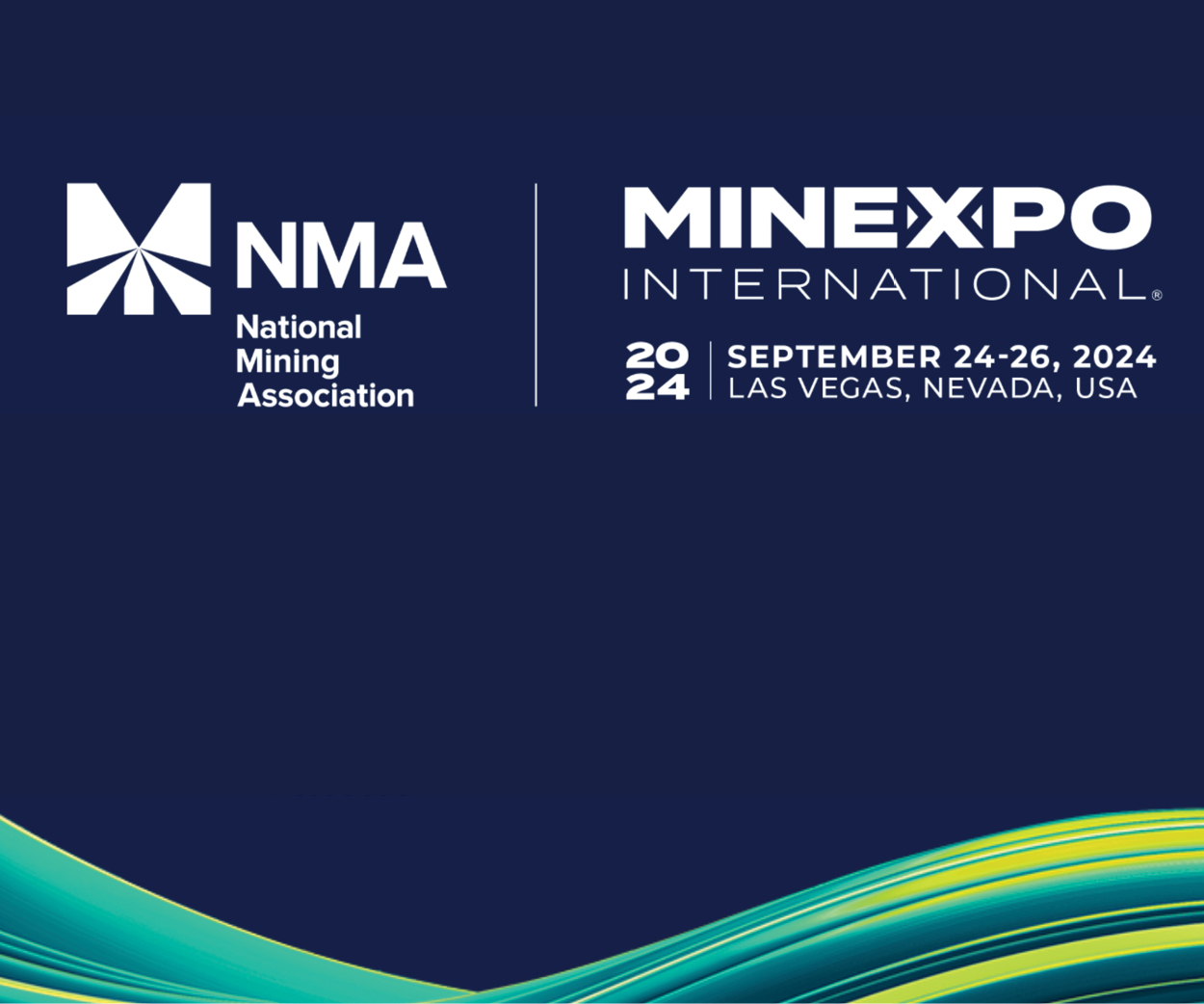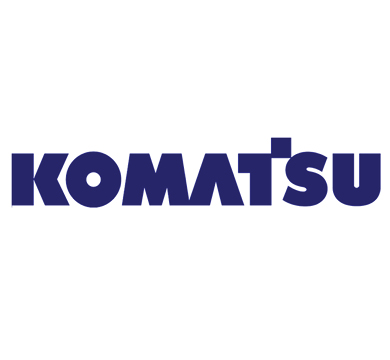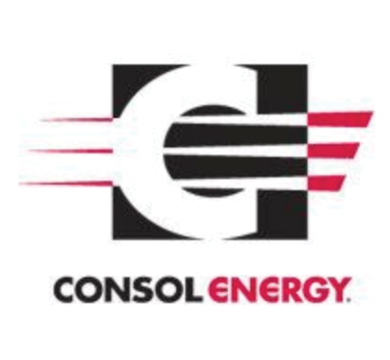Bridger Coal Mine had Dozens of Safety Violations Before Miner’s Death, Wyoming
The southwest Wyoming mine where a worker died last month after being buried in coal has been fined for roof and wall safety issues more than 60 times since 2010, federal mine safety data shows.
Regulators most recently fined the Bridger underground coal mine in May, when inspectors discovered a collapse in a region of the mine where no miners were present.
Jaime Olivas, a 39-year-old father of two, died Sept. 28, an hour and a half after being buried in coal that rolled from the wall of an underground mine near Rock Springs, a state mining regular said.
Bridger, owned by the utility Rocky Mountain Power, is the only underground coal mine in Wyoming. Federal inspections found 80 violations at the underground mine so far in 2017.
While Bridger has recorded more violations than similarly sized surface mines, state regulators and the company say equating underground mines to surface operations is like comparing “apples to oranges.”
The mine has never met the criteria set out by federal rules leading to a “pattern of violations,” a Mine Safety and Health Administration distinction that signals a mine’s safety culture is spiraling.
“This has been the first fatality that we have had at Bridger underground,” said state mining inspector Terry Adcock. “I think that speaks for itself. I’m not trying to downplay this, because it’s a terrible thing.”
Surface coal mines generally have fewer fatalities and fewer serious incidents than underground mines across the country. But safety advocates say Wyoming can do more to prevent worker deaths of all kinds. Keeping workers safe has been an Achilles’ heel for the state’s energy industry, and it hasn’t made much progress, said Marcia Shanor, board chairwoman for the Equality State Policy Center.
Mine officials, meanwhile, are looking for answers as to why this happened.
“Safety is our No. 1 concern with our employees,” said Spencer Hall, communications manager for Rocky Mountain Power. “This has been a devastating accident.”
Workers at Bridger are represented by the International Brotherhood of Boilermakers. A local representative declined to comment for this story.
THE ACCIDENT
How and why Olivas, a 10-year mining veteran, was fatally injured at Bridger are still being investigated by the State Mine Inspector’s office and the federal Mine Safety and Health Administration.
According a preliminary report from MSHA, Olivas was helping another employee secure the roof in an area that had already been mined. The practice involves fixing a mesh material to the ceiling to prevent falling debris so workers can safely remove the heavy long-wall mining equipment, Adcock said.
Olivas was untangling the mesh, assisting an employee who was bolting the ceiling, when a portion of the roughly 10-foot-high coal face rolled, covering Olivas, according to MSHA’s preliminary report. Olivas was conscious and speaking to the company’s first responders before he was taken by ambulance to a local hospital. He died en route.
The Sweetwater County Coroner’s Office did not respond to a call seeking more information about Olivas’ death.
Unlike surface mines in the Powder River Basin, where thick coal seams are uncovered by blasting or digging, Bridger practices longwall mining, where heavy equipment holds up the ceiling while shearing long slabs of coal from the wall. The rock roof over excavated areas is then collapsed to relieve a buildup of pressure.
Until the regulators’ reports are published, it is impossible to interpret what happened to Olivas, said Jürgen Brune, director of the Edgar Experimental Mine Research for the Colorado School of Mines, in an email.
“Face or [wall] rolls are unusual but this depends on the circumstances at each mine,” said Brune, an expert in longwall mining. “The type of failure or collapse experienced in this accident — by the limited information we have at this point — appears to have nothing to do with the normal longwall mining process.”
SAFETY HISTORY
Many of the injuries noted in federal reports on the Bridger Mine in the recent past are common for industry jobs: a dislocated finger, a broken tooth or a strained groin. Slips and falls in the mud are the most regular occurrence, according to Adcock, the state mining inspector.
The federal violation history at Bridger did not strike him as reason for alarm, and the mine has come out clean in the last two state visits, he said.
“When we are doing inspections, Bridger goes above and beyond for us. We have great compliance from those folks,” he said. “From the roof control point of view, we’ve not had any issues whatsoever with Bridger.”
Officials from state and federal mine safety agencies, which both oversee safety standards at Wyoming’s coal mines, say Bridger’s record is in line with the industry’s average, an argument supported by federal data.
The company noted that the numbers of serious penalties — those that pose significant risk to workers — is below average, and that the rate of citations goes down every year.
“In every safety violation there is something that is of concern. There is not a safety rate where you can say, ‘That’s fine, we’ll let it go,’” said Hall, the company spokesman. “Obviously zero is the goal, so they are taking this very seriously and doing everything they can to protect the other workers.”
APPLES AND ORANGES
Bridger is inspected six times a year, four times by federal inspectors and twice by Wyoming’s state office. Surface mines are inspected four times every year, twice by the federal agency and twice by the state.
That strong regulator presence at the underground operation may explain why it has a worse record than other mines in the state, said Adcock, the mining inspector.
“That has something to do with it. There are probably more things, technically, to look at underground, from fire suppression or ventilation issues to electrical issues,” Adcock said. “In effect, you are getting twice as many inspection days underground.”
The company spokesman said most of the roof and wall issues discovered during inspections were in areas of the mine where no one was working.
“[Workers] will come back after five (or) six days to a section and see that part of the roof has fallen,” he said. “Certainly always of concern, but isn’t necessarily reflective of dangerous conditions where the workers are.”
The mine’s record has improved every year since 2013, when a miner died after driving a bulldozer over a highwall at the company’s surface mine.
“I’m sure things were put in place after that,” said Hall, from Rocky Mountain Power. “I’ve gone back and read some of the internal communications at the time, and certainly safety was reemphasized. The safety culture of the company is top of mind, and I think that’s been reflected in the lower number year by year.”
WORKER SAFETY
Wyoming regularly ranks last when it comes to worker fatalities nationwide. From construction to coal mining, the state’s workers are more often than not employed in high-risk jobs.
“Wyoming workplace safety has been a problem for as long as I’ve been an attorney in the state, which is 11 years now,” said Mark Aronowitz, executive director for Lawyers and Advocates for Wyoming. “Wyoming is usually triple the national average (for deaths per 100,000 workers). Sometimes Wyoming is quadruple the national average.”
It doesn’t have to be that way, he said. Though the state does have a high percentage of workers in high-risk fields, other industry states have had success addressing unsafe work environments, he said. Wyoming needs to hold companies accountable when things go wrong, he said.
“It’s a combination of things. From the highest levels of state government, (it’s understood) that Wyoming protects its industries,” Aronowitz said. “We know where Wyoming revenues come from, and we are not going to do anything too harsh or too significant.”
Sen. John Hastert, D-Green River, said the state has improved but agrees that it hasn’t done enough. Does Wyoming take a protective stance for its energy industries? Yes, it likely does, the former trona miner said.
Mining is unique, though, he said.
“I think mining has gotten safer overall, and if you look at the methods of mining, we have significantly less miners underground than we used to have,” Hastert said. “Mining has inherently been a dangerous occupation, but it’s gotten a lot safer over the years.”
And federal regulations have more teeth when it comes to mining, he said.
“Companies pay attention to that. Nobody wants to have their bottom line affected by numerous citations,” Hastert said.
UNANSWERED QUESTIONS
The state and federal investigations into Olivas’ death will be made public. The man’s family will be briefed on the state’s finding before a report is released. Adcock said that will happen in the next few weeks.
Whatever the state ends up finding, Hastert hopes Wyoming doesn’t grow complacent on the topic of worker safety. It still has a long way to go, said the Democrat from Green River.
Should there be less concern about what’s happening in the mines because they have a better record than other industries? No, he says.
“You have a death in the workplace. It just underscores that we need to do more.”
Source: Casper Star Tribune
Be in-the-know when you’re on-the-go!
FREE eNews delivery service to your email twice-weekly. With a focus on lead-driven news, our news service will help you develop new business contacts on an on-going basis.
CLICK HERE to register your email address.








